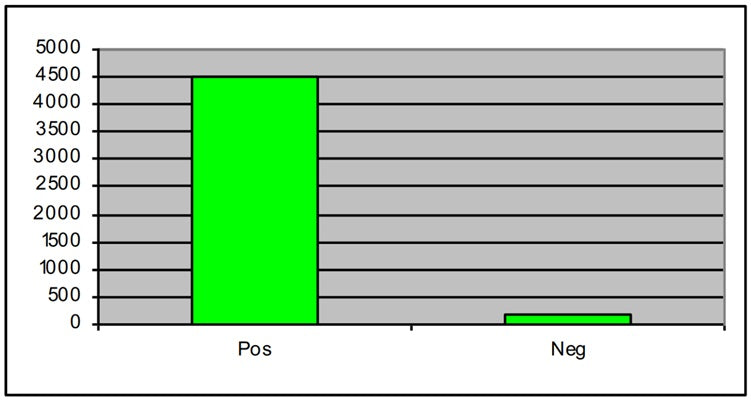Ships: 1-2 business days
APO200-2: 100 Tests
Part# 4005: Caspase 3/7 Reagent (z-DEVD) 2 Rodamine 110, 1 Vial (-20C)
Part# 3005: Cell Lysis Buffer, 1 Bottle (2-8C)
APO200-3: 500 TestsPart# 4005: Caspase 3/7 Reagent (z-DEVD) 2 Rodamine 110, 5 Vials (-20C)
Part# 3005: Cell Lysis Buffer, 5 Bottles (2-8C)
APO200-4: 1000 TestsPart# 4005: Caspase 3/7 Reagent (z-DEVD) 2 Rodamine 110, 10 Vials (-20C)
Part# 3005: Cell Lysis Buffer, 10 Bottles (2-8C)
APO200-3: 500 Tests
APO200-4: 1000 Tests
Product Specific References
| PMID | Publication |
| 34024231 | Bailus, B. J., et al. 2021. Modulating FKBP5/FKBP51 and autophagy lowers HTT (huntingtin) levels. Autophagy, 4119-4140. |
| 24960609 | Tourette, C., et al. 2014. The Wnt receptor Ryk reduces neuronal and cell survival capacity by repressing FOXO activity during the early phases of mutant huntingtin pathogenicity. PLoS Biol, e1001895. |
| 24407293 | Tourette, C., et al. 2014. A Large Scale Huntingtin Protein Interaction Network Implicates Rho GTPase Signaling Pathways in Huntington Disease. J Biol Chem, 6709-6726. |
| 26232724 | Kim, H. J., et al. 2015. Intracellular transduction of TAT-Hsp27 fusion protein enhancing cell survival and regeneration capacity of cardiac stem cells in acute myocardial infarction. J Control Release, 55-72. |
| 24333653 | Castri, P., et al. 2015. Poly(ADP-ribose) polymerase-1 and its cleavage products differentially modulate cellular protection through NF-kB-dependent signaling. Biochim Biophys Acta, 640-51. |
| 22709585 | Siddiqui, A., et al. 2012. Mitochondrial DNA damage Is associated with reduced mitochondrial bioenergetics in Huntington's disease. Free Radic Biol Med, 1478-88. |



